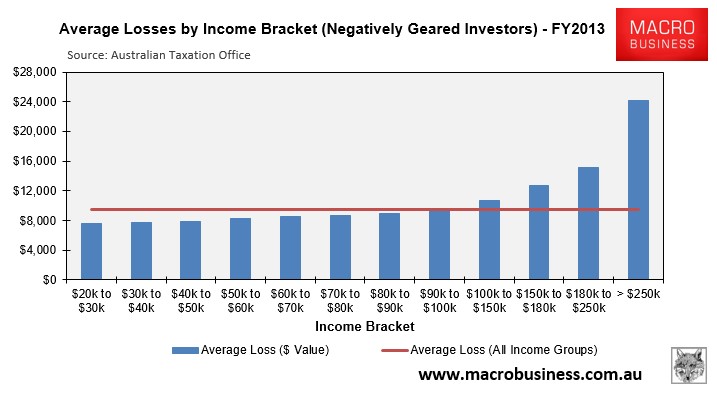If you want a prime example of how dysfunctional Australia’s political system is, look no further than the above footage of yesterday’s Senate estimates questions to Australian Treasury head, John Fraser.
In the video, The Greens’ Scott Ludlam and Labor’s Penny Wong ask a bunch of legitimate questions about the role, operation and impacts of negative gearing and the CGT discount, which get completely ignored by John Fraser at the instruction of Finance Minister Mathias Cormann.
Not one of the questions gets answered in what can only be described as a complete and utter farce. Prepare to punch the screen as you watch your democracy fail.
Meanwhile, The AFR has today confirmed that piss-weak negative gearing reform remains on the Government’s agenda, but it won’t touch the 50% capital gains tax (CGT) discount:
In Parliament on Thursday, Mr Morrison confirmed the government was looking at putting limits on negative gearing but only for very high-end investors.
“The truth is negative gearing is used in the overwhelming majority of cases by nurses, by police officers, by teachers, by ordinary hard working Australians, the vast majority of people who are engaged in buying that property to give them the opportunity to grow and build and support their wealth,” he said.
“If there are inadequacies in that system, if there are areas where the system is being abused or areas where they’re excessive…of course the Government would look at those things, why wouldn’t the Government look at those.”
Labor has already flagged limits on negative gearing which could include either limiting the number of properties that could be geared or restricting the practice to new homes.
Sources said the government was not considering paring back capital gains tax deductions for investors.
Earlier this week, sources within the Government suggested that it was considering implementing an annual cap of between $30,000 and $50,000 on negative gearing losses so that so-called middle-income earners would not be affected.
As I pointed out at the time, the average negative gearing loss was around $9,600 in FY2013 (latest available data), with the highest income earners (i.e. those with taxable incomes over $250k) claiming just over $24,100 on average in property losses:

Therefore, any cap would need to be set at a much lower level, say $10,000 per annum, to have much impact on Budget revenue or equity. At $30,000 to $50,000, the threshold would really only act as a fig leaf to cover ongoing rorting of the tax system.

